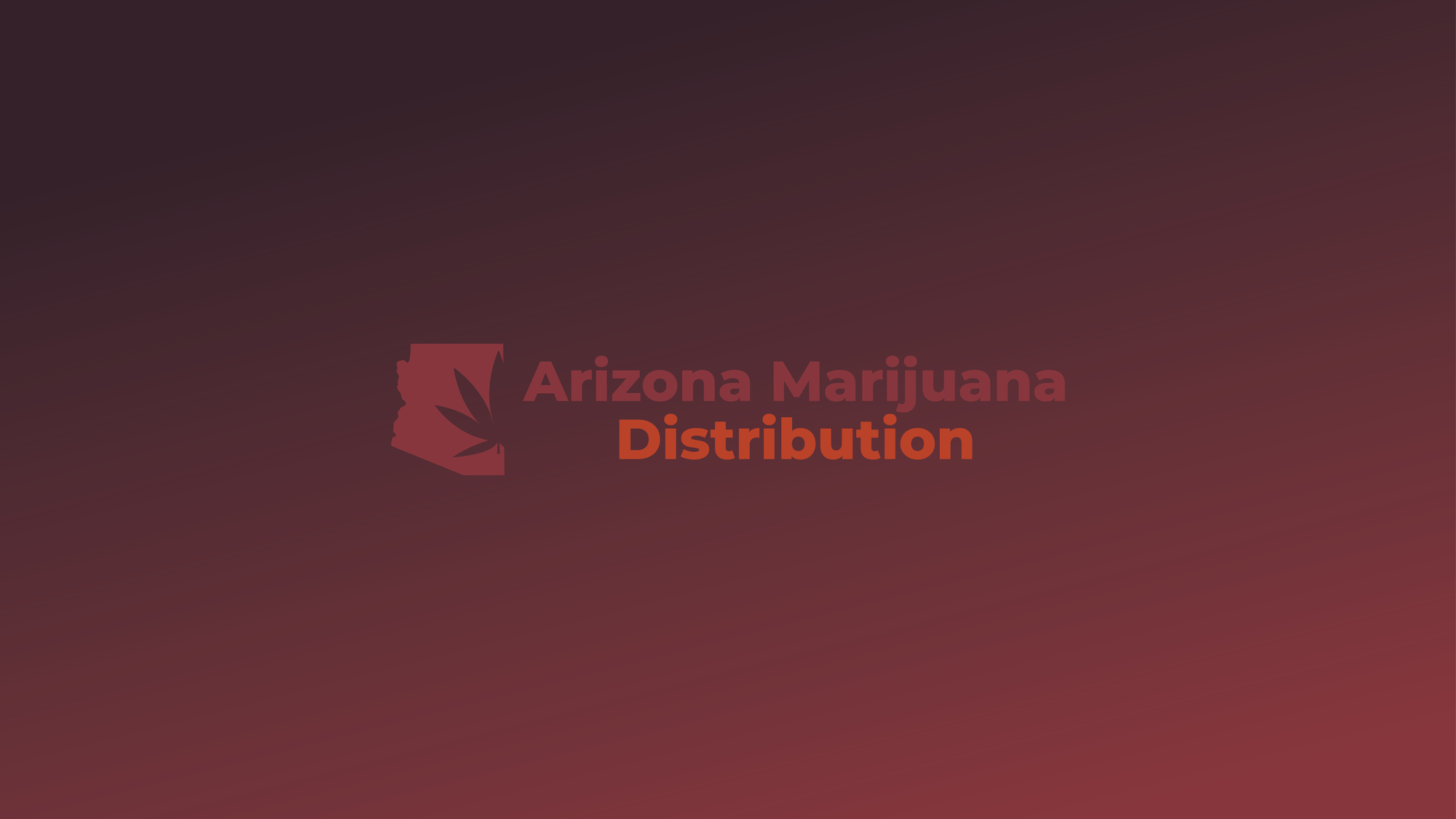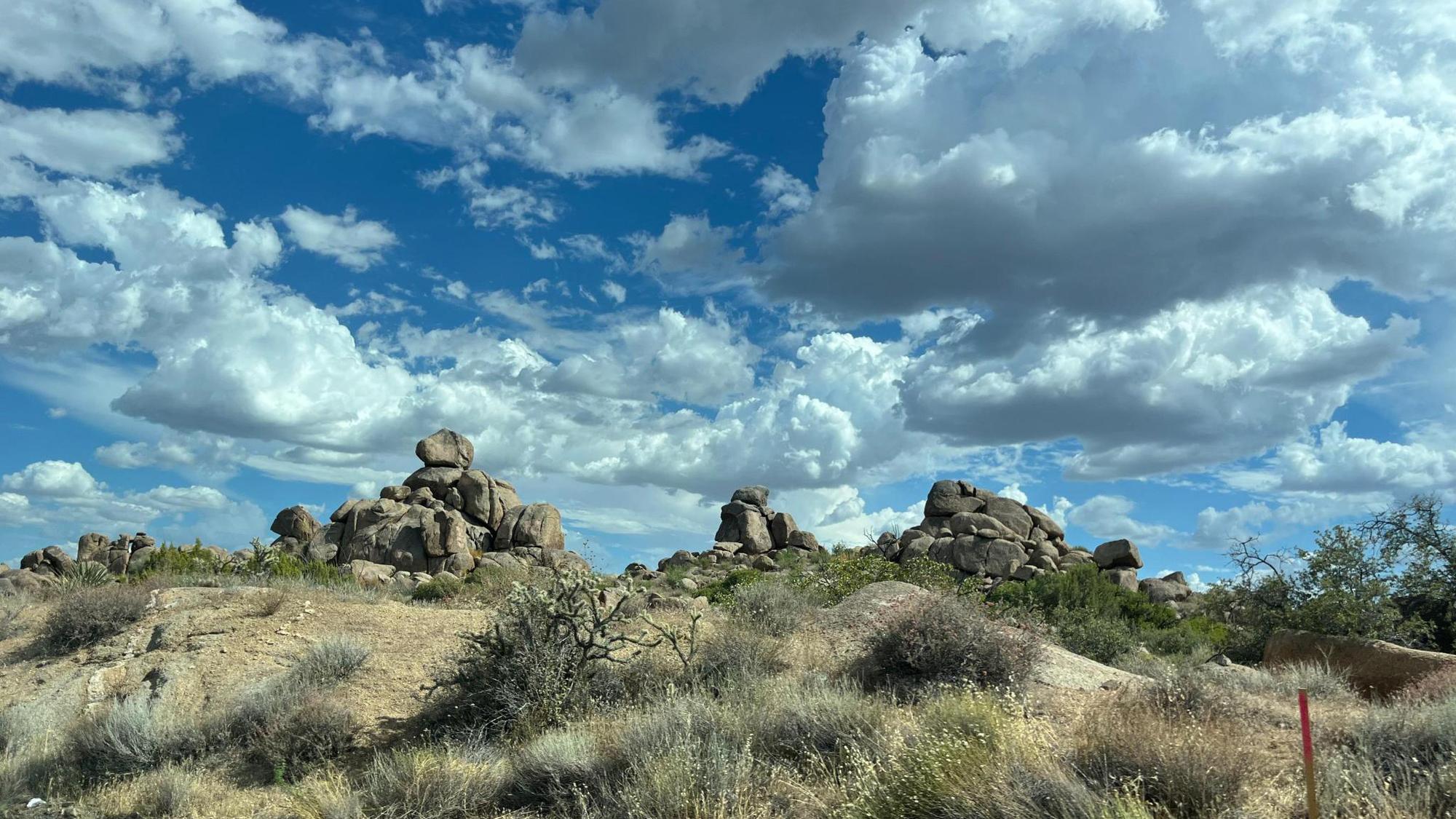When the COVID-19 pandemic swept across the globe, it tested nearly every industry’s ability to adapt under pressure. Arizona’s marijuana market, still relatively young following the 2020 passage of Prop 207 legalizing adult-use cannabis, faced unique challenges. From rapid regulatory adjustments to major shifts in consumer habits, the pandemic didn’t just disrupt — it reshaped. Now, years later, many of the adaptations sparked by the crisis have evolved into long-term practices that continue to define how marijuana is distributed across the state.
Curbside Pickup and Delivery: From Emergency Fix to Everyday Expectation
One of the most immediate pivots during the pandemic was the Arizona Department of Health Services allowing temporary curbside pickup and expanding delivery options. These emergency measures kept dispensaries operational while reducing physical contact. What started as a safety protocol quickly became a customer convenience. Today, many Arizona dispensaries have permanently adopted curbside and delivery services, investing in infrastructure and personnel to handle increased demand for no-contact options.
Tech Integration and Contactless Transactions
Another long-lasting impact of COVID-19 was the acceleration of digital tools for cannabis sales and distribution. Prior to the pandemic, many dispensaries were cash-heavy and operated with limited online capabilities. COVID changed that. E-commerce platforms, digital menus, online ordering, and pre-payment systems gained traction, and cannabis distributors had to follow suit by syncing up with these tech-forward systems.
In the post-pandemic era, integrated point-of-sale and seed-to-sale tracking platforms like METRC remain crucial. Distributors now rely on these technologies not just for compliance, but for streamlining inventory tracking, route management, and real-time communication with dispensary partners.
Demand Fluctuations and Supply Chain Resilience
COVID exposed the fragility of supply chains across industries, and Arizona’s marijuana sector was no exception. Lockdowns disrupted cultivation schedules, labor availability, and packaging supply chains. As a result, many cannabis distributors had to quickly adapt to fluctuating product availability and evolving customer preferences.
Now, resilience is the name of the game. Distributors are more likely to maintain buffer stock, diversify supplier relationships, and use advanced forecasting tools to prepare for demand surges—especially around holidays and during heat waves when logistics become even more complicated in the Arizona climate.
Workforce Safety and Training
The pandemic also brought renewed attention to the health and safety of delivery drivers and distribution staff. Mask mandates and sanitation practices were enforced across the supply chain, and many of those protocols still exist today. Drivers now receive more extensive training around hygiene, ID verification, and secure transport — all of which contribute to customer trust and a more professionalized distribution workforce.
Final Thought: Innovation Born from Crisis
The cannabis industry in Arizona has proven itself adaptable, resourceful, and resilient. COVID may have introduced unforeseen obstacles, but it also catalyzed innovation that reshaped marijuana distribution for the better. From digital ordering to smarter logistics and elevated customer service, the lessons learned during the pandemic continue to guide Arizona’s marijuana distribution network into a more efficient and responsive future.
Related Article: From Essential to Entrenched: How the Pandemic Reshaped Cannabis Delivery



